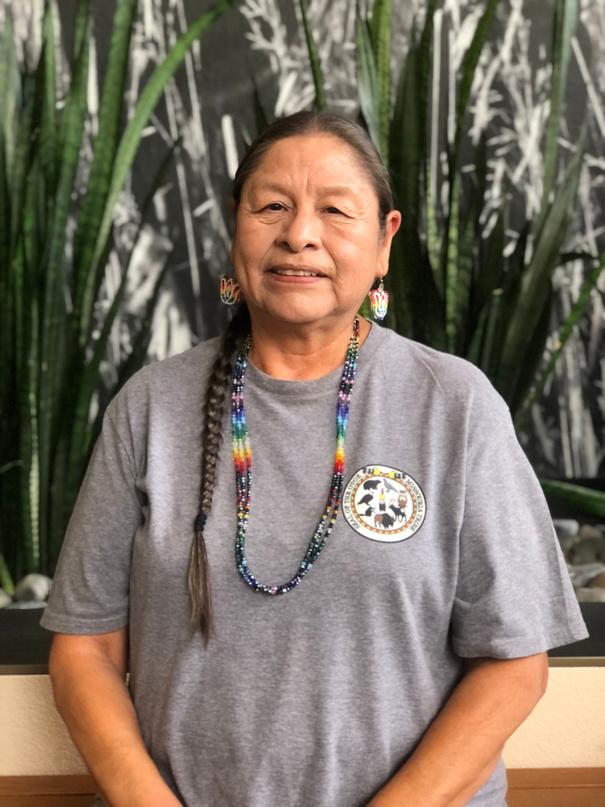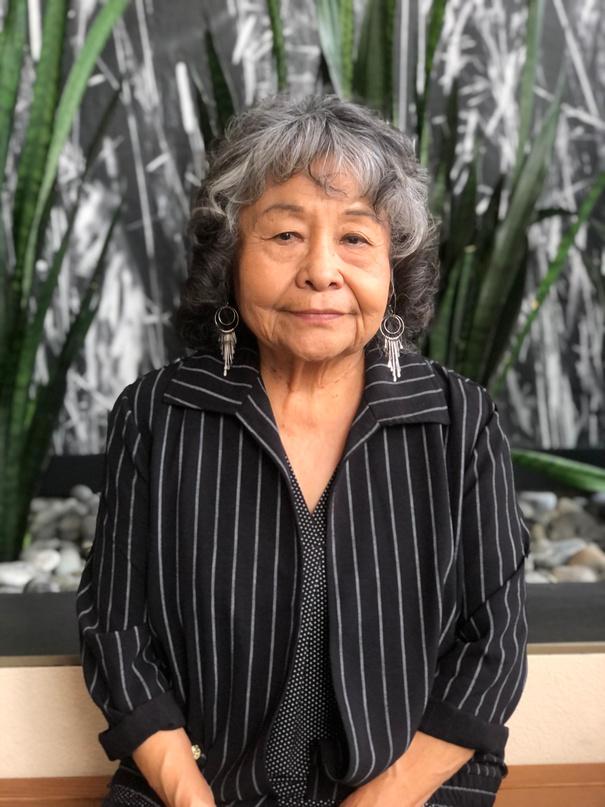
2 minute read
Dear Friends,
The National Indian Council on Aging (NICOA) is proud to share this 2022 Annual Report. Since its founding, the organization has worked tirelessly to achieve its mission “to advocate for improved comprehensive health, social services and economic well-being for American Indian and Alaska Native elders.”
Our success would not be possible without the help and support of our many donors, dedicated board members, the constituents we serve, and most of all NICOA’s tremendously talented and dedicated staff. The pandemic created enormous challenges, but also enabled the organization to continue its journey by utilizing new creative avenues made possible by technology
Advertisement
When NICOA was founded in 1976 there were a little over 300 federally recognized Indian tribes in the United States. Today, there are 574. As our population grows, so does the health, economic security, and social service needs of our Native elders.

Forty years ago, 70 percent of the Native population resided on reservations and tribal communities. Now they live in urban and off-reservation communities, according to the 2020 Census. The contents of this annual report details how the National Indian Council on Aging is responding to these challenges. A major focus of our efforts is to enable professionals in the aging network to meet the changing needs of tribal and Alaska Native communities through our information, resources and trainings
We realize that one organization cannot accomplish this alone; it takes cooperative and lasting relationships to make a difference in Indian Country. We have entered into a variety of partnerships in our efforts to raise awareness about the Native elder population. This has included communicating with policymakers at the congressional level, the federal government, state governments and other NGOs.
The National Indian Council on Aging’s mission statement is what we do. The more important question is why. Native elders are the repositories of tribal histories, languages, customs and cultural norms. They are what makes a tribe a tribe Without these components, our tribal identity is lost, thereby ensuring our extinction
In essence, our efforts are to ensure the continued existence of tribes two millenniums into the future With the supportive services we advocate for we can help our elders live longer and healthier, allowing them to spread this precious traditional knowledge to the next generation and beyond Again, I want to thank all who have helped us weather the pandemic, and most of all for the generosity of our donors among whom we acknowledge the MacKenzie Scott Foundation and the Poarch Band of Creek Indians. Walk in beauty.
Mission
The National Indian Council on Aging, Inc (NICOA) is a 501(c)(3) nonprofit organization with a mission to advocate for improved comprehensive health, social services and economic well-being for American Indian and Alaska Native elders
NICOA is governed by a 13-member board of directors composed of American Indian and Alaska Native elders representing each of the 12 Bureau of Indian Affairs regions, as well as a representative of the National Association of Title VI Grantees The regions are: Alaska, Eastern, Great Plains, Midwest, Navajo, Northwest, Eastern Oklahoma, Pacific, Rocky Mountain, Southern Plains, Southwest and Western
For over 40 years, NICOA has served as the nation’s foremost advocate for American Indian and Alaska Native elders. Our organization provides testimony before federal, state and tribal policymakers on behalf of American Indian and Alaska Native elders.












